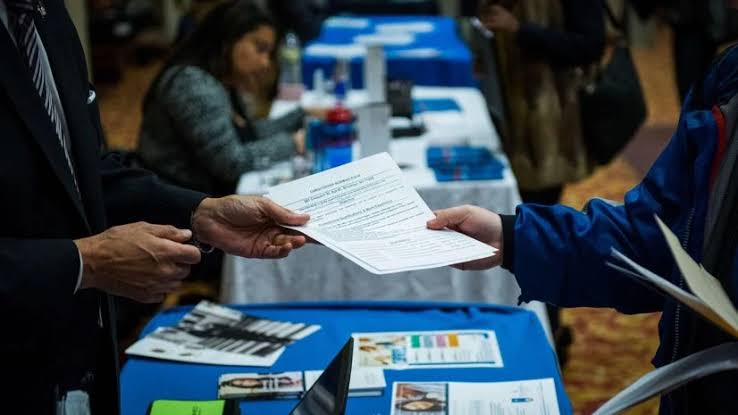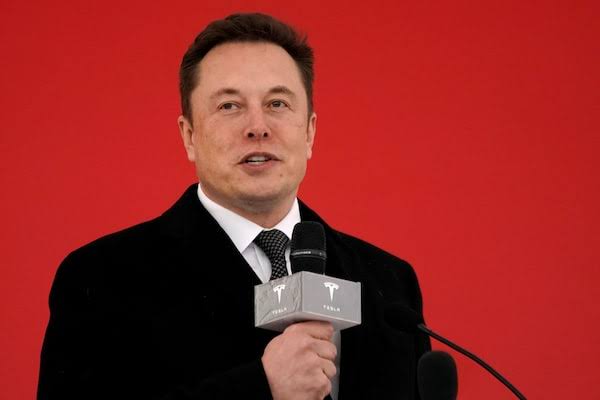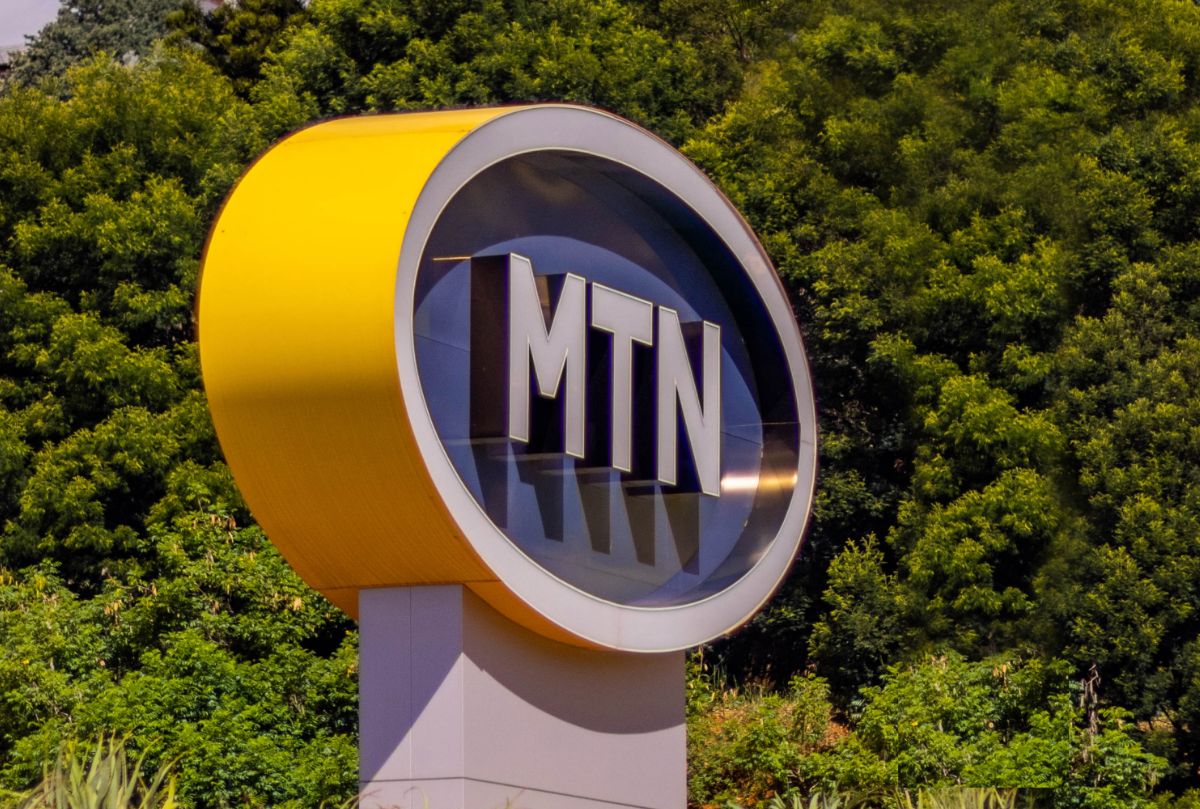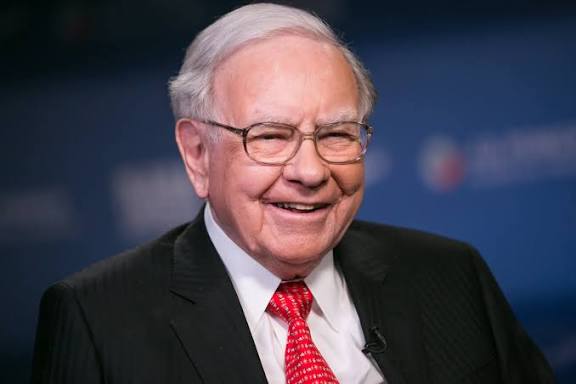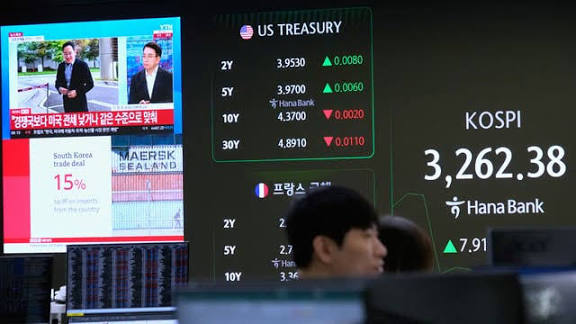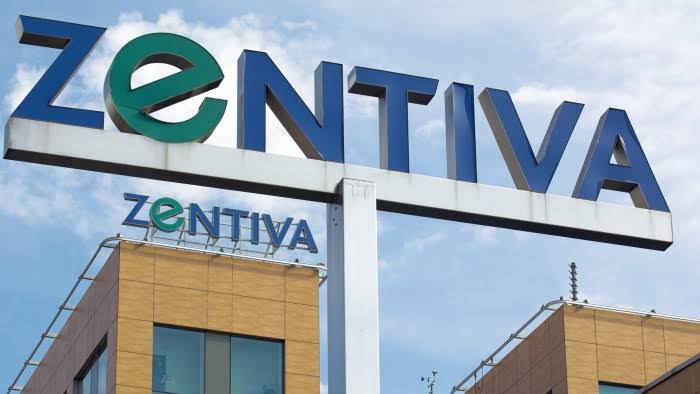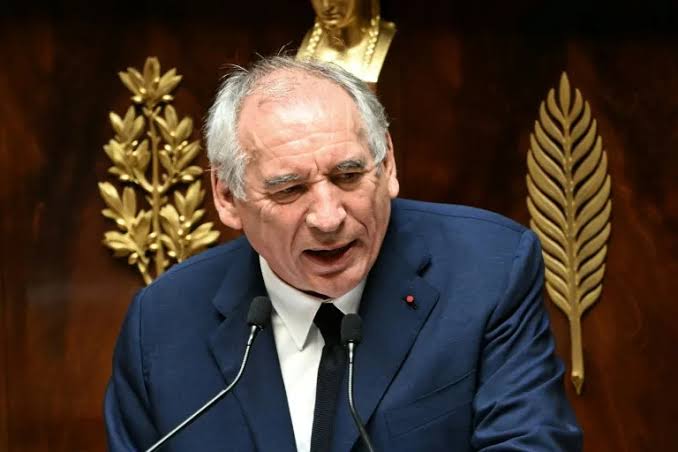The U.S. labor market showed signs of strain in August, with job growth slowing to a crawl and unemployment climbing to its highest level in nearly four years. The economy added just 22,000 jobs last month, a sharp deceleration from earlier gains, while the unemployment rate ticked up to 4.3% from 4.2%, according to the Bureau of Labor Statistics.
Revisions to previous months painted a similarly sobering picture. June’s employment numbers were adjusted downward to show a loss of 13,000 jobs, marking the first negative month since December 2020 and ending what had been the second-longest period of continuous employment expansion on record. July’s gains were revised slightly upward to 79,000 from 73,000, reflecting the uneven momentum in the labor market.
Economists say the slowdown reflects a combination of economic uncertainty and policy changes that have left employers cautious. “The Great American jobs machine has stalled,” noted Christopher Rupkey, chief economist at FwdBonds. Hiring has been muted as companies grapple with still-high interest rates, shifting trade policies, and unclear federal spending priorities, causing many to delay staffing decisions.
At the same time, the labor force itself expanded, rising by 436,000 workers in August after shrinking for three consecutive months. The participation rate nudged upward to 62.3%, as more job seekers re-entered the market. While the majority of these individuals found employment, the uptick in unemployment largely reflected those still actively searching for work.
Read Also: Democrats Slam DOJ Over Epstein Files Release As Misleading
Market reactions suggested optimism that slower job growth could influence Federal Reserve policy. Stocks responded positively: the Dow rose 119 points, or 0.26%, the S&P 500 added 0.41%, and the Nasdaq climbed 0.63%, reflecting renewed expectations that the Fed may ease interest rates to stimulate growth.
Analysts caution, however, that the underlying trends remain concerning. Laura Ullrich of Indeed highlighted the economy’s struggle with “immense economic uncertainty and significant policy changes,” while Ron Hetrick of Lightcast explained that companies are largely in a holding pattern, waiting for clarity on tariffs, interest rates, and broader market dynamics.
Yet, amid the slowdown, there are some bright spots. Jennifer Timmerman of Wells Fargo noted that the median job search duration fell to a three-month low, suggesting that those entering or re-entering the workforce are finding opportunities more quickly than in past months. Still, for many Americans, the August report underscores a labor market that has slowed sharply, leaving growth uncertain as the economy navigates the challenges ahead.

